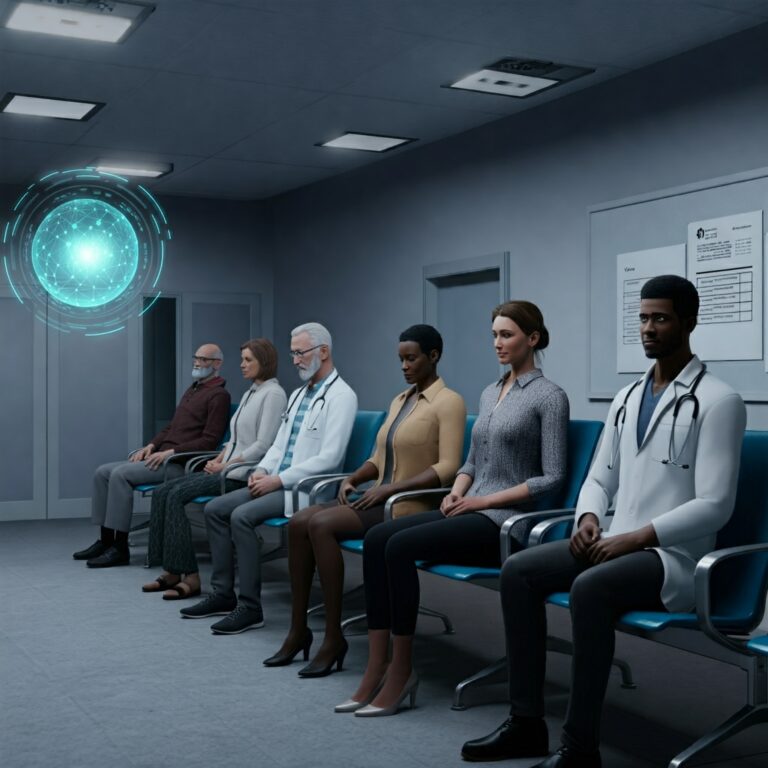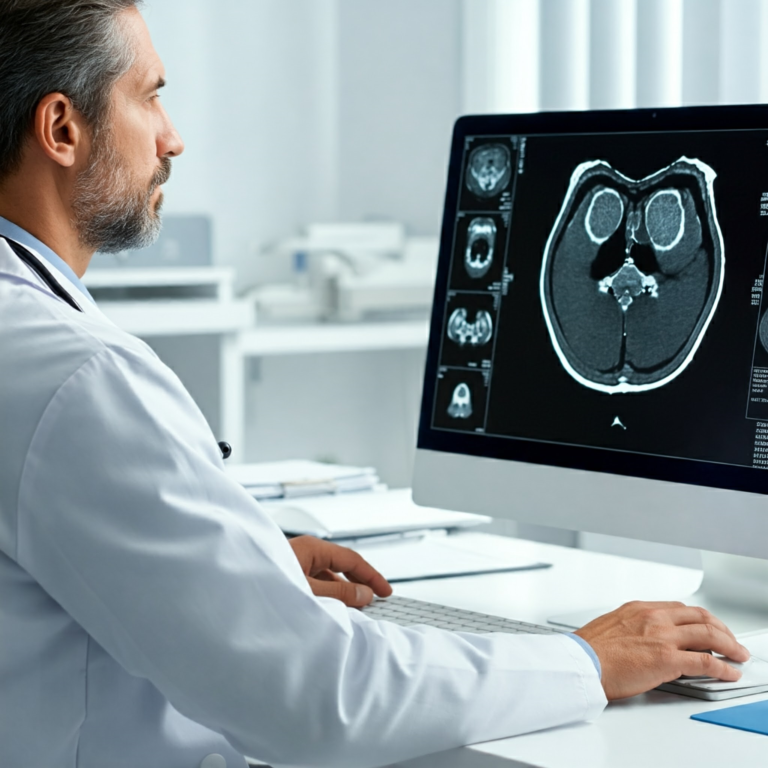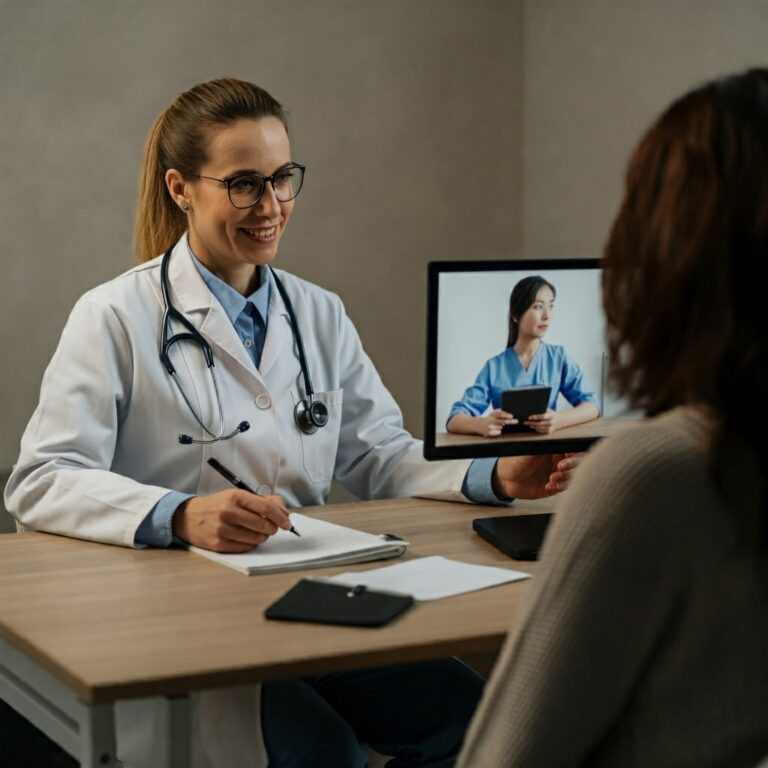RPM Data in EHRs: Game Changer or Overblown Promise for Telehealth?
By [Your Name], Market Research Analyst
Published: [Date in Early 2000s Format – e.g., October 26, 2001]
The dawn of the 21st century has ushered in an era of unprecedented technological advancement, and few sectors are experiencing its transformative power as profoundly as healthcare. Telemedicine, once a futuristic concept, is rapidly becoming a tangible reality, promising to revolutionize how medical care is delivered. At the heart of this evolution lies Remote Patient Monitoring (RPM), a technology that enables continuous collection of patient physiological data outside traditional clinical settings. While the integration of RPM data into Electronic Health Records (EHRs) holds immense potential for telehealth, the question remains: is it truly a game-changer or an overblown promise? This article delves into the evolving landscape of telehealth, the impact of RPM, and the crucial role of EHR integration in determining its future.
Telemedicine: Reshaping the Healthcare Landscape
Telemedicine, broadly defined as the use of telecommunications technologies to provide medical information and services, is steadily gaining traction. Driven by factors such as rising healthcare costs, an aging population, and increasing demand for access to specialized care, telemedicine offers a compelling alternative to traditional models. From remote consultations and diagnoses to chronic disease management and patient education, its applications are diverse and far-reaching. While still in its nascent stages in the early 2000s, telemedicine is poised to significantly impact several key areas:
- Improved Access to Care: Telemedicine can bridge geographical barriers, bringing specialized medical expertise to underserved rural communities and patients with limited mobility.
- Enhanced Efficiency and Cost Savings: By reducing the need for travel and facilitating remote monitoring, telemedicine can streamline healthcare delivery and lower overall costs for both patients and providers.
- Increased Patient Engagement and Empowerment: Telemedicine tools can empower patients to take a more active role in managing their health, leading to improved outcomes and greater satisfaction.
RPM: A Driving Force in Telemedicine’s Expansion
Remote Patient Monitoring (RPM) is a key component of telemedicine, utilizing various technologies to collect and transmit patient data, including blood pressure, heart rate, weight, and blood glucose levels. This real-time data provides clinicians with valuable insights into a patient’s health status, allowing for proactive interventions and personalized care. RPM’s potential benefits are numerous:
- Early Detection and Prevention: Continuous monitoring can detect subtle changes in a patient’s condition, enabling early intervention and potentially preventing serious complications.
- Improved Chronic Disease Management: RPM enables closer monitoring of chronic conditions like diabetes, hypertension, and heart failure, facilitating timely adjustments to treatment plans.
- Reduced Hospital Readmissions: By providing continuous oversight and enabling proactive intervention, RPM can help reduce costly hospital readmissions.
The Critical Role of EHR Integration
The true potential of RPM lies in its seamless integration with EHRs. By incorporating RPM data directly into patient records, clinicians gain a comprehensive and readily accessible view of a patient’s health status. This integration can significantly enhance clinical decision-making and improve overall care coordination. However, several challenges must be addressed to realize this potential:
- Data Standardization and Interoperability: Lack of standardized data formats and interoperability issues can hinder the seamless exchange of RPM data between different systems.
- Data Security and Privacy: Ensuring the security and privacy of sensitive patient data is paramount, requiring robust security measures and adherence to HIPAA regulations.
- Workflow Integration and Clinician Adoption: Successfully integrating RPM data into clinical workflows requires careful planning and training to ensure clinician buy-in and effective utilization of the technology.
Key Trends and Statistics
While concrete market data is still limited in the early 2000s, emerging trends suggest significant growth potential for RPM and telehealth:
- Increasing adoption of home-based monitoring devices: Advances in technology are making home-based monitoring devices more affordable and user-friendly, driving increased adoption.
- Growing interest from payers and providers: Health insurers and healthcare providers are increasingly recognizing the potential of RPM to improve outcomes and reduce costs.
- Emerging regulatory frameworks: Government agencies are beginning to develop regulatory frameworks to address the unique challenges associated with telehealth and RPM.
Recent Market News
[Include any relevant news items related to telehealth, RPM, or EHR integration from the early 2000s. This could include announcements of new partnerships, pilot programs, or regulatory developments. Since specific news from that period is difficult to access retrospectively without extensive research, consider creating plausible examples relevant to the era. For example:]
- "A major health system in California has announced a pilot program to test the feasibility of using RPM to manage patients with congestive heart failure."
- "A leading medical device manufacturer has unveiled a new line of home-based monitoring devices designed for seamless integration with EHR systems."
Summary: Game Changer or Overblown Promise?
The integration of RPM data into EHRs holds tremendous potential to transform telehealth and improve patient care. By providing clinicians with real-time access to comprehensive patient data, RPM can facilitate early intervention, improve chronic disease management, and reduce healthcare costs. However, realizing this potential requires addressing key challenges related to data standardization, security, and workflow integration. While the technology is still evolving and faces hurdles, the emerging trends and growing interest from stakeholders suggest that RPM is more than just an overblown promise. It represents a significant step forward in the evolution of healthcare, offering a glimpse into a future where technology empowers both patients and providers to achieve better health outcomes. The next few years will be critical in determining whether RPM truly becomes a game-changer in the burgeoning field of telehealth. Continued investment in research, development, and implementation will be essential to unlock its full potential and usher in a new era of patient-centered care.
















